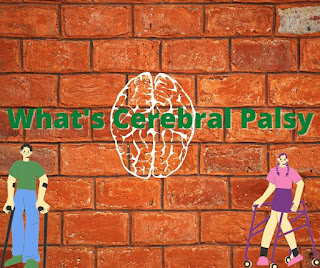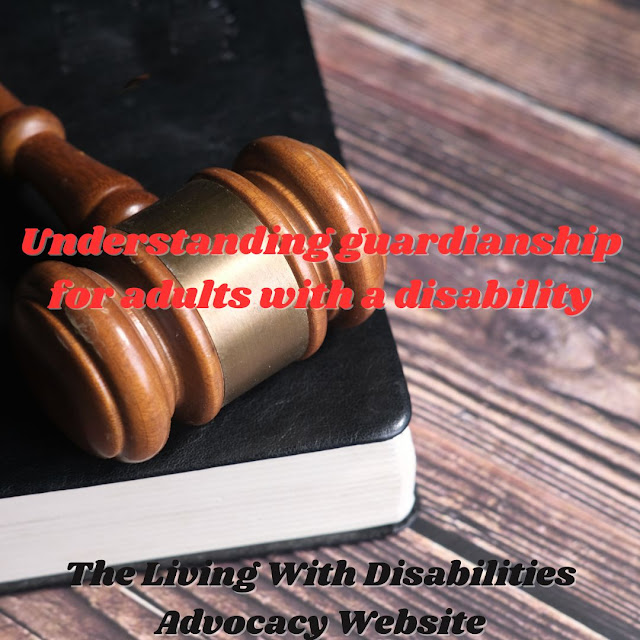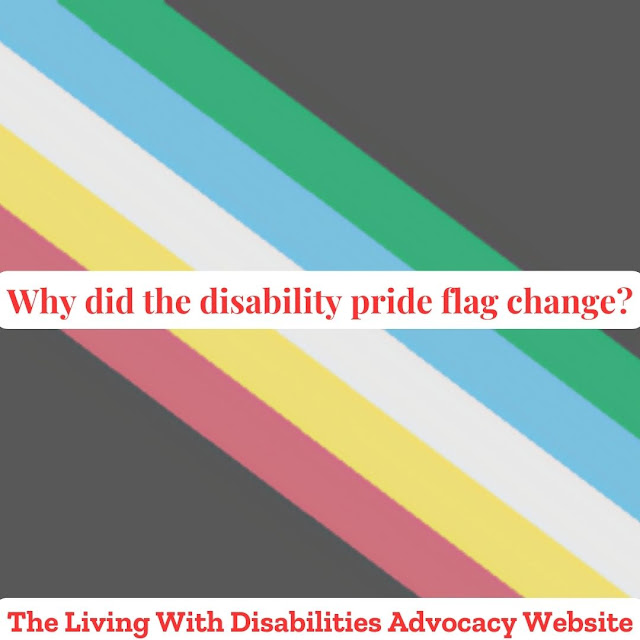What's Cerebral Palsy
Today, Living With Disabilities wants to talk about what's Cerebral Palsy.
Cerebral Palsy is a congenital disorder of movement, muscle tone, or posture. Some people who have CP can walk, and others may use a wheelchair, walker, forearm crutches.
Cerebral palsy is due to abnormal brain development, often before or after birth.
Symptoms
Includes amplified reflexes, floppy or rigid limbs, and involuntary motions. That appears in early childhood. A medical mistake by the doctor is what causes Cerebral Palsy after birth)
What a person may experiences
Muscular: difficulty walking, difficulty with body movements, muscle rigidity, permanent shortening of muscles, the problem with coordination, Stiff muscles, overactive reflexes, involuntary movements, muscle weakness, muscle spasms, or paralysis of one side of the body.
Developmental: Failure to thrive, learning disability, slow growth, or speech delay in a child.
Speech: Speech disorder or stuttering.
Other common experiences: Constipation, difficulty swallowing, drooling, hearing loss, leaking of urine, Paralysis, Physical deformity, scissor gait, seizures, Spastic gait, teeth grinding, tremor, or difficulty raising the foot.
TreatmentSelf-Care: physical exercise and Special education.
Medication: Muscule relaxant and sedative.
Pediatric neurologist
Occupational Therapist
Physical medicine and rehabilitation
Pediatrician
Types of Cerebral Palsy
1. Quadriplegia: Four limbs are affected, both arms and legs. The muscles of the trunk, face, and mouth are affected too.
https://www.cdc.gov/ncbddd/cp/facts.html




Comments
Post a Comment